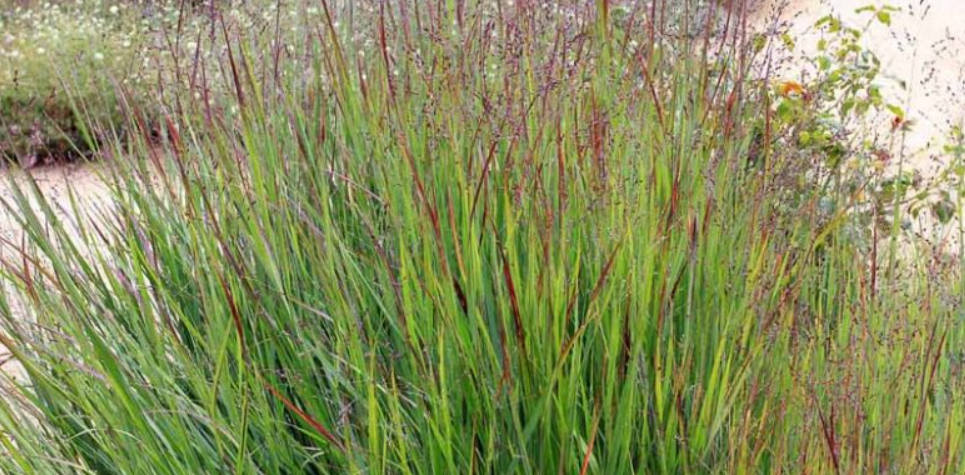Grass lawns, once considered the hallmark of a well-maintained garden, have come under scrutiny for their environmental impact and resource-intensive upkeep. From excessive water usage to chemical inputs and monoculture maintenance, traditional grass lawns pose significant sustainability challenges. However, there are numerous grass alternatives that offer ecological benefits while maintaining aesthetic appeal. Let’s explore some of the most sustainable options:
Creeping Thyme: Creeping thyme (Thymus serpyllum) is a low-growing herbaceous perennial that forms a dense mat of foliage. It requires minimal water once established and thrives in full sun to partial shade. Creeping thyme’s ability to withstand foot traffic makes it an excellent ground cover for pathways or between stepping stones. Additionally, its fragrant flowers attract pollinators, contributing to biodiversity in the garden.

Table of Contents
Picture: Creeping Thyme
2. Clover: White clover (Trifolium repens) is a nitrogen-fixing legume that offers multiple benefits as a grass alternative. It requires less water and fertilizer compared to traditional grasses and can thrive in partial shade. Clover’s ability to fix nitrogen enhances soil fertility naturally, reducing the need for synthetic fertilizers. It also provides food for bees and other pollinators with its small white flowers.

Picture: White Clover
3. Moss: Mosses are non-vascular plants that thrive in moist, shaded environments. They require little to no mowing, watering, or fertilizing, making them extremely low-maintenance alternatives to traditional grass lawns. Mosses help retain soil moisture and prevent erosion while providing habitat for small insects and microorganisms. They are particularly well-suited for shady areas where grass may struggle to grow.

Picture: Moss
4. Ground Covers: Ground covers encompass a diverse range of plants, including creeping phlox (Phlox subulata) and ajuga (Ajuga reptans), that spread horizontally to cover the ground. These plants offer a variety of colors, textures, and growth habits, allowing for creative landscape design. Ground covers suppress weeds, reduce soil erosion, and conserve moisture, making them valuable additions to sustainable gardens.

Picture: Creeping Phlox
5. Native Grasses: Native grasses, such as switchgrass (Panicum virgatum) and little bluestem (Schizachyrium scoparium), are well-adapted to local climates and soil conditions. These grasses have deep root systems that improve soil structure and water infiltration, reducing erosion and runoff. Native grasses also provide habitat for wildlife and contribute to the overall biodiversity of the ecosystem.

Picture: Switchgrass
By incorporating these grass alternatives into garden landscapes, homeowners can reduce water consumption, minimize chemical inputs, and support local biodiversity. Each alternative offers unique benefits, allowing gardeners to create beautiful, resilient outdoor spaces that align with principles of sustainability and environmental stewardship. Let us know what you’ve done with your garden and if you have any other ideas too!



